When it comes to the realm of semi-trailers, versatility reigns supreme. The question echoing in the minds of many operators, manufacturers, and hobbyists is: Can a semi box trailer be converted? The straightforward answer is yes! However, the journey from traditional use to a customized utility involves an intricate process rife with considerations, possibilities, and massive potential for efficiency and function. This comprehensive guide will delve deep into the nuances of converting a semi box trailer, exploring the why’s and how’s while providing insights into various possibilities that may cater to diverse needs.
Understanding Semi Box Trailers
What is a Semi Box Trailer?
A semi box trailer is a robust and heavily-constructed transport unit typically utilized for carrying goods across vast distances. These trailers are characterized by their enclosed design, providing protection against environmental elements, thus ensuring goods arrive in optimal condition. The structural integrity and weatherproof nature make them ideal for various industries, including logistics, construction, and even personal use.
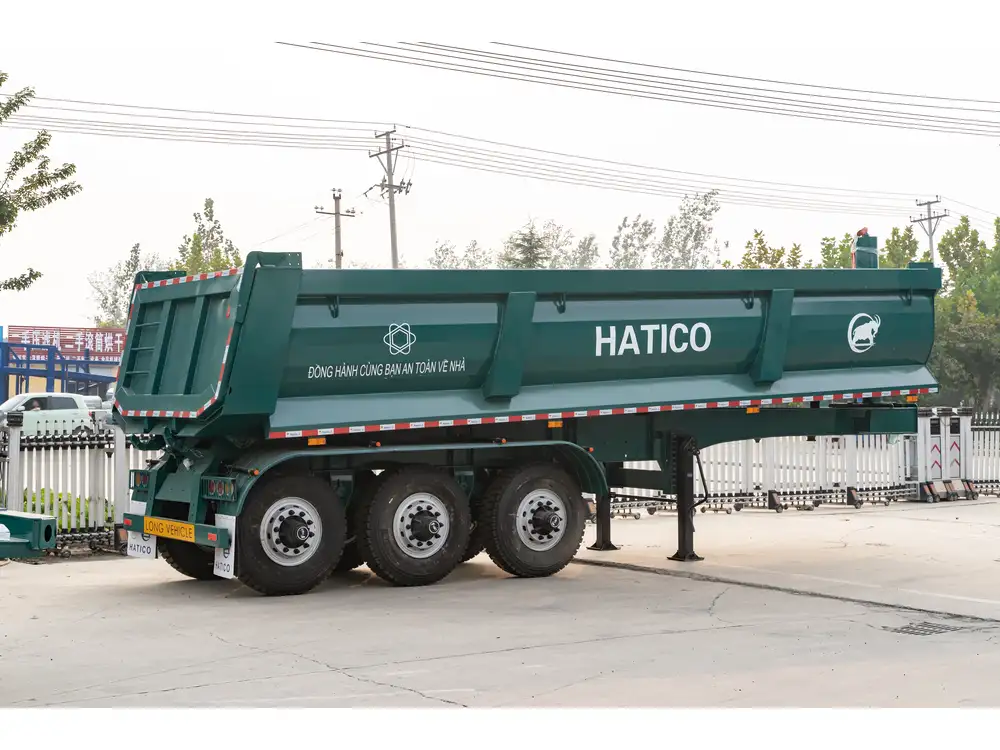
Common Uses
Semi box trailers serve a multitude of purposes beyond mere transportation. Here’s a glimpse into the most common applications:
| Use Case | Description |
|---|---|
| Freight Transport | Ideal for hauling goods, with secure storage against theft and damage. |
| Mobile Storage | Serve as on-site storage units for construction sites or events. |
| Custom RVs | Converted into recreational vehicles for road trips and camping. |
| Workspace | Transformed into onsite offices or workshops, enhancing productivity. |
| Food Trailers | Often fitted with kitchen equipment to serve as food trucks. |
Why Consider Conversion?
Increased Utility and Value
The prime motivation for converting a semi box trailer is often multifaceted. By repurposing an existing trailer, owners can significantly increase its utility, potentially creating new income streams. For example, turning a freight unit into a mobile office can offer a productive workspace without the costs associated with traditional office space.
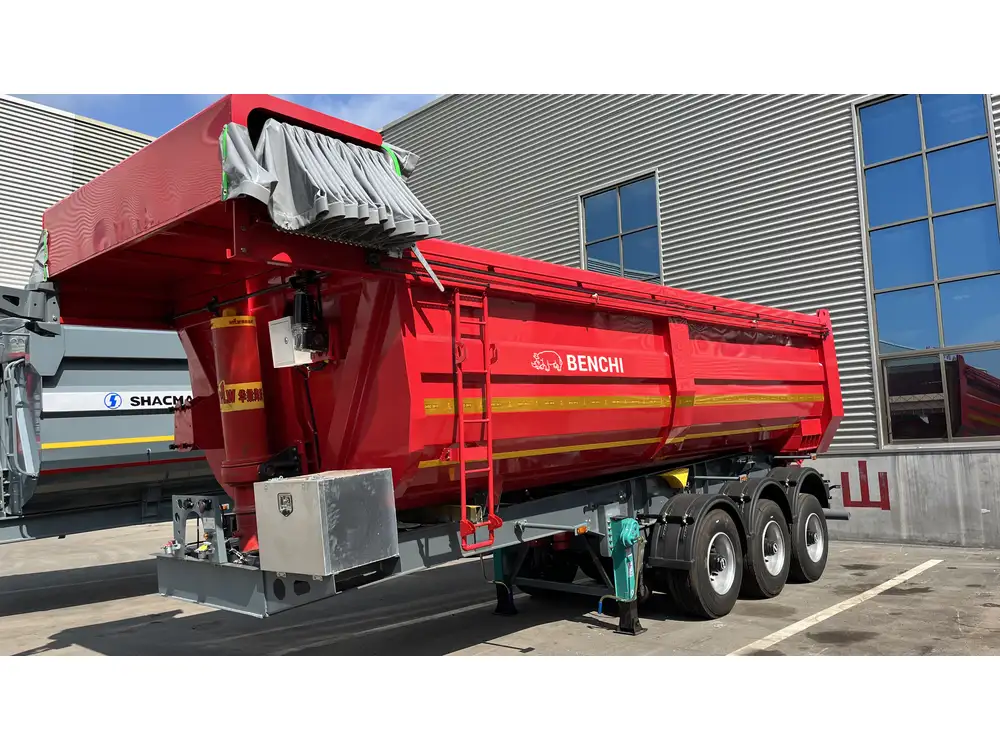
Customization for Specific Needs
Every business has unique requirements. Converting a semi box trailer allows users to tailor the space to fit their specific needs. Whether it’s outfitting a trailer with climate control for sensitive goods or creating a pop-up retail space, the opportunities are limited only by creativity and budget.
Steps for Converting a Semi Box Trailer
1. Assessing the Current Structure
Before embarking on a conversion journey, a thorough assessment of the trailer’s current structure is essential.
- Mechanical Inspection: Ensure that the frame, wheels, brakes, and electrical systems are in optimal condition.
- Dimensions: Measure the interior space since dimensions will dictate what can fit and how much can be modified.
- Weight Ratings: Be aware of the weight limitations of your trailer to prevent overloading during conversion.

2. Defining Your Purpose
Clearly defining the purpose of your conversion will guide every decision from design to functionality:
- Mobile Office: Consider adding electrical outlets, insulation, and a table.
- Food Trailer: Evaluate the kitchen layout, ventilation, and cooking equipment needed.
- Storage Solutions: Plan for shelving and organization systems suited to your goods.
3. Designing the Layout
Creating a blueprint for your trailer can streamline the conversion process:
| Element | Considerations | Materials |
|---|---|---|
| Walls and Insulation | Type of insulation (foam, fiberglass) | Plywood, metal sheets |
| Flooring | Durability vs. aesthetics | Vinyl, laminate |
| Electrical | Sufficient outlets, lighting fixtures | Wiring, fixtures |
| Ventilation | Necessary for kitchens or workshops | Vents, fans |
Best Practices for a Successful Conversion
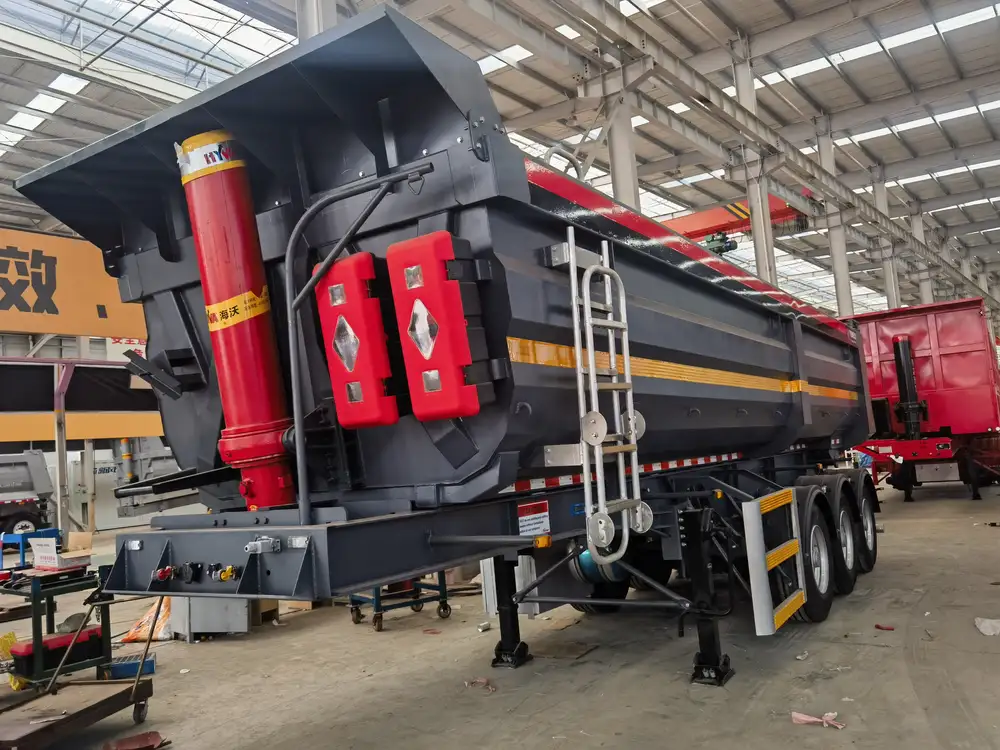
Compliance with Regulations
Understanding and complying with local regulations is imperative, especially for mobile food units or those being utilized as living spaces. Always check with local health authorities for food trailers or residential zoning for converted living trailers.
Consultation with Professionals
While DIY methods yield high satisfaction, enlisting professionals—be it electricians, carpenters, or HVAC specialists—can enhance both safety and efficiency. Their expertise can prevent costly mistakes down the road.
Budget Considerations
Conversions can vary dramatically in cost based on design complexity and materials chosen. Here’s a potential budget breakdown:
| Expense Category | Estimated Cost Range |
|---|---|
| Materials | $500 – $5,000 |
| Labor Costs | $1,000 – $10,000 |
| Permits and Inspections | $100 – $1,000 |
| Miscellaneous | $200 – $2,000 |
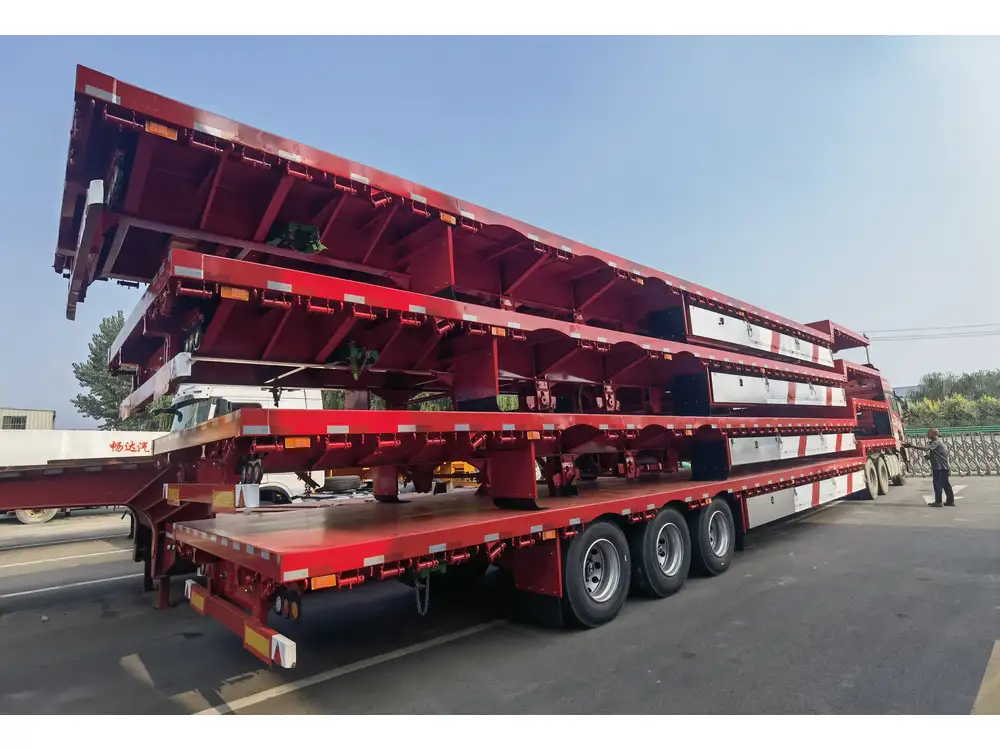
Conversion Ideas
Transforming for Transportation
If the primary goal is still the movement of goods, consider enhancements like:
- Reinforced Racking Systems: To secure items during transport.
- Temperature Control: Add refrigeration units for perishable items.
Recreational Uses
For personal enjoyment, conversion ideas abound:
- Custom Travel Trailers: Fitted with sleeping areas, kitchens, and even bathrooms.
- Adventure Sports Trailers: Room for bikes, kayaks, or other gear.
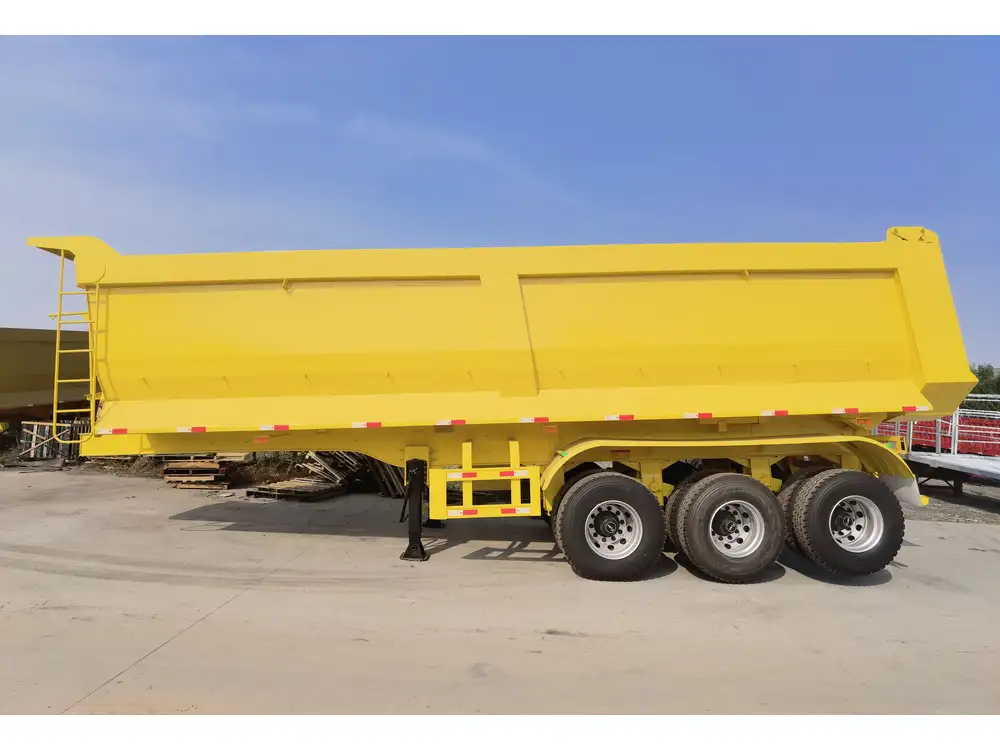
Commercial Applications
- Mobile Retail Stores: An innovative way to bring your goods directly to customers.
- On-Site Workshops: Ideal for businesses requiring physical presence in remote areas.
Maintenance Considerations Post-Conversion
Regular Inspections
Once your trailer is converted, maintain a regular inspection schedule to avoid failures. Key areas include brakes, tires, and any electrical systems added during conversion.

Cleaning and Upkeep
Whether used for personal or business purposes, keeping the trailer clean will prolong its lifespan and maintain a professional appearance. Depending on its use, this could involve:
- Interior and Exterior Cleaning: Regular washing and waxing of the outer shell.
- Deep Cleaning: Especially important for food trailers requiring stringent hygiene standards.
The Eco-Friendly Angle
In an era where sustainability is paramount, converting a semi box trailer can significantly reduce waste. Repurposing existing structures minimizes the need for new materials, ultimately contributing to a smaller carbon footprint. Consider incorporating eco-friendly materials and practices into your conversion, such as solar panels for energy efficiency or water-saving plumbing systems for mobile homes.
Case Studies of Successful Conversions
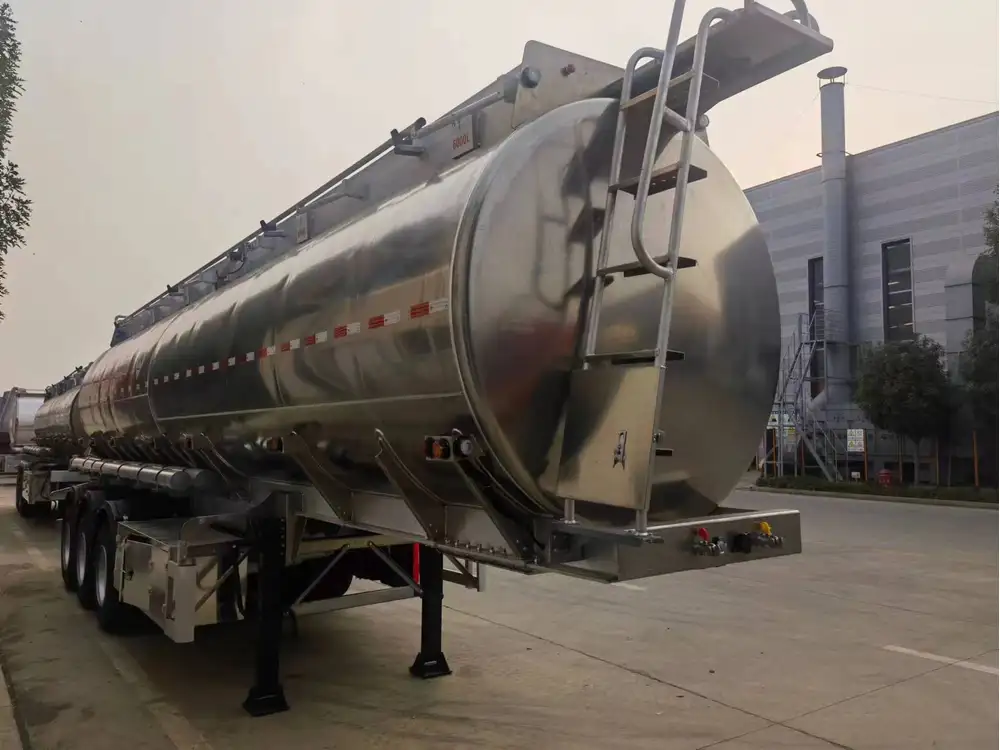
The Food Truck Phenomenon
Numerous businesses have transformed semi box trailers into thriving food trucks, capitalizing on the food truck trend’s rapid rise. From gourmet cuisine to classic comfort food, these mobile kitchens capture diverse clientele, all from a repurposed semi box trailer.
Mobile Offices in High Demand
In industries that require on-site work—such as construction, surveying, or media—mobile offices have become indispensable. Conversion projects not only meet compliance demands but also enhance worker productivity by providing a comfortable, functional workspace.
Conclusion
The idea of converting a semi box trailer harbors a wealth of possibilities, from expanding business operations to creating unique recreational spaces. As the demand for versatile, mobile solutions grows, embracing the conversion of semi box trailers is not just practical but also a sound investment.
By understanding the intricacies involved in the conversion process—from structural modifications to compliance and maintenance—you empower yourself to unlock the full potential of your semi box trailer. Whether for personal use or commercial gain, the possibilities are endless, paving the way for innovation and creativity in the semi-trailer realm.
As you consider diving into a conversion project, remember that every successful transformation begins with a single step of imagination blended with practicality. With the right approach, your semi box trailer can evolve from simple transportation into a multifaceted tool tailored for your unique needs.



